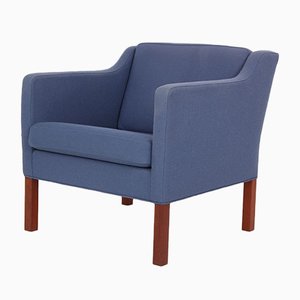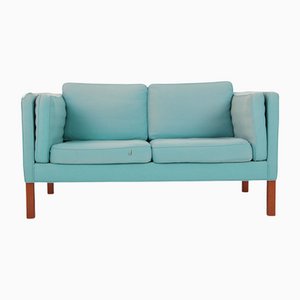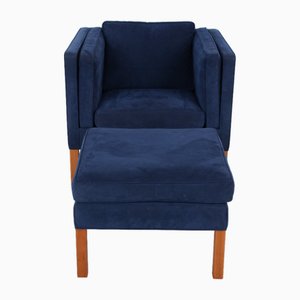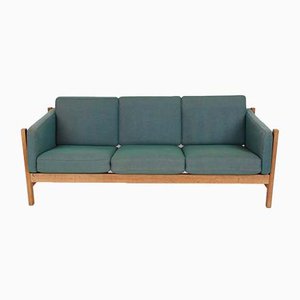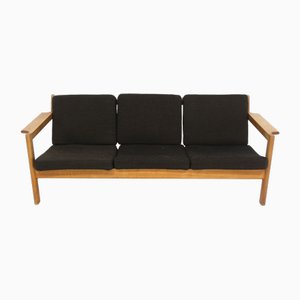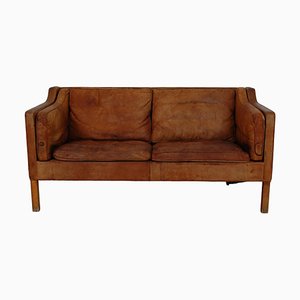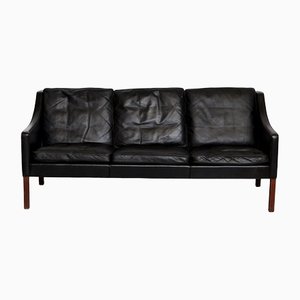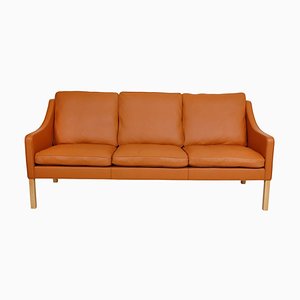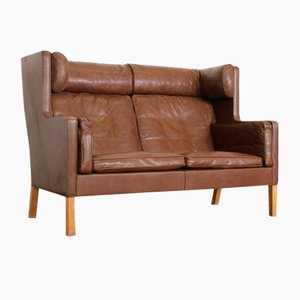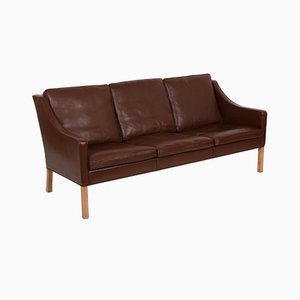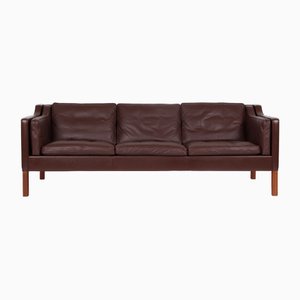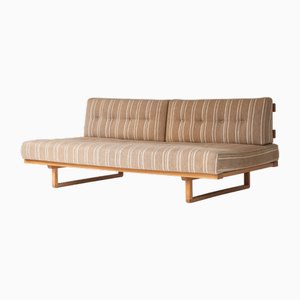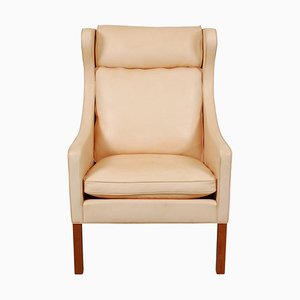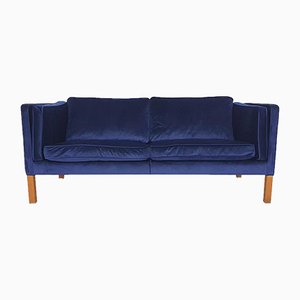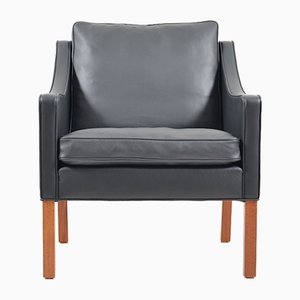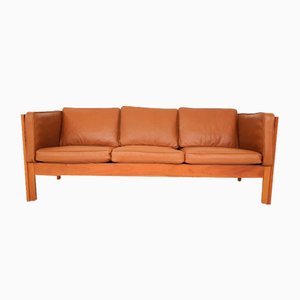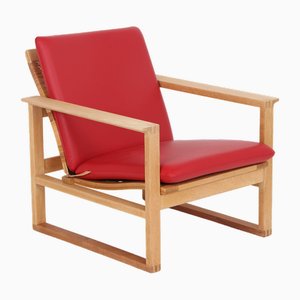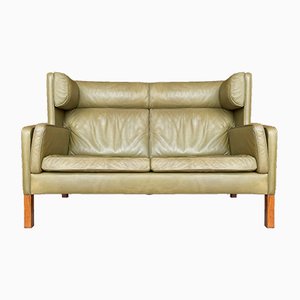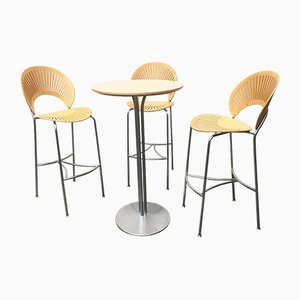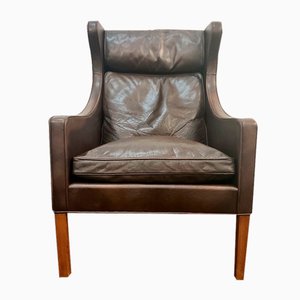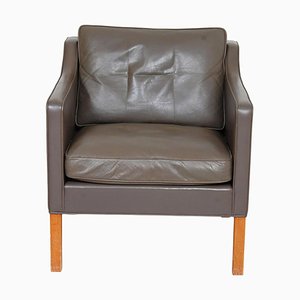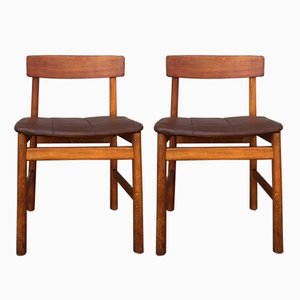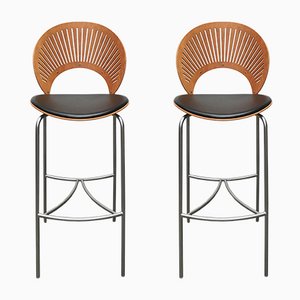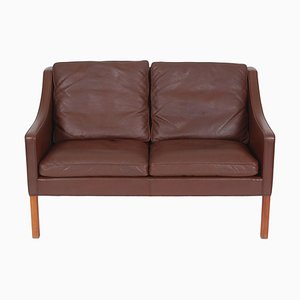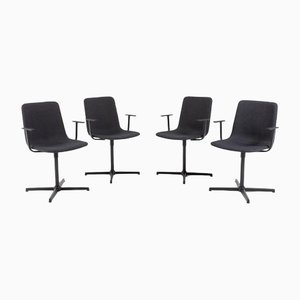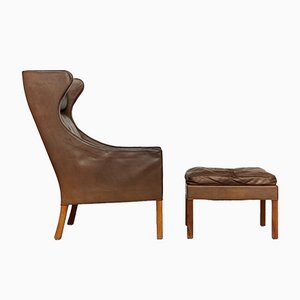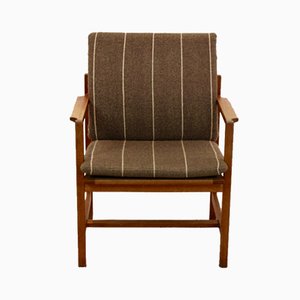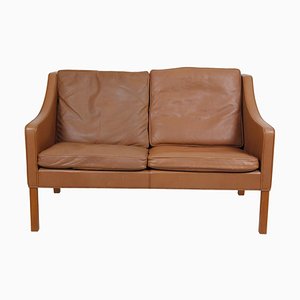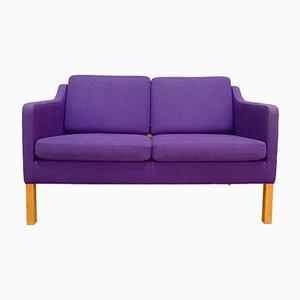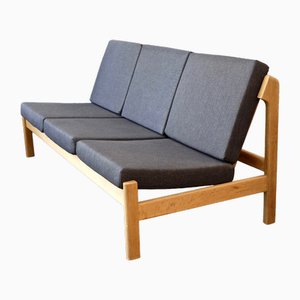
Danish furniture maker Fredericia Stolefabrik was founded in 1911 by N. P. Ravnsø in an industrial port town of the same name—where, the year prior, the era's largest Scandinavian design fair, the Nordic International Furniture Exhibition, was held. The company and the town continued to host the fair until 1983.
From the start, Ravnsø built Fredericia's reputation on quality and hired only the most skilled craftsmen he could find. The company's early collections in the 1920s reflected the influence of pared-back, English and Central European designs. In 1934, Thonet made an exclusive licensing agreement with Fredericia for the Scandinavian region. To meet the high demand, Fredericia doubled its production staff. However, with the Nazi occupation of Denmark during the Second World War, raw materials were scarce and Fredericia struggled to survive. In the aftermath of the war, Fredericia was faced with bankruptcy.
In 1955, the Ravnsø family sold Fredericia to Andreas Graversen, an interior architect involved with Denmark's national design co-op, the FDB, to aid in postwar economic recovery. His first order of business would be to bring in the FDB's studio manager, Børge Mogensen as head of design.
During his years with the FDB, Mogensen had worked with Hans Wegner to develop modern, functionalist, affordable furniture collections. Graversen wanted Mogensen's "unpretentious, pure, and honest" design ethos to define Fredericia's future. The No. 1 Sofa (1955) was Mogensen's first design for Fredericia. The following year, Fredericia produced a collection of Shaker-inspired dining furniture by Mogensen, alongside a number of designs originally developed during Mogensen's years at the FDB, such as his famous Spindle-Back Sofa (1945) and Hunting Chair (1950). In 1958, Fredericia introduced Mogensen's iconic Spanish Chair.
Mogensen stayed with Fredericia until his untimely death in 1972. In 1980, Fredericia acquired the license for a number of Mogensen's designs for P. Lauritzen & Son, in order to consolidate Mogensen's oeuvre under one brand.
Over the years following Mogensen's passing, Frederica has continued to cultivate fruitful partnerships with prestigious Danish designers. In 1989, Federica acquired production rights for a range of Wegner furniture previously manufactured by the Johannes Hansen. In the 1990s, Fredericia began working with Nanna Ditzel, a. k. a “the Queen of Danish Design,” known for her innovative designs in foam, plastic, and rattan. Her Bench for Two for Fredericia (1989) won several awards in Denmark and Japan—a feat she repeated with Fredericia's Trinidad Chair for Fredericia in 1993.
In 2014, in tribute to Børge Mogensen's lasting legacy, Fredericia reissued a number of designs by Mogensen on the centenary of his debut at the company.
With a deep respect for tradition, Fredericia Stolefabrik has remained family-owned and changed hands only once throughout hundred-year history. The company has continuously prided itself on excellent Danish craftsmanship.
* Images courtesy of Fredericia

